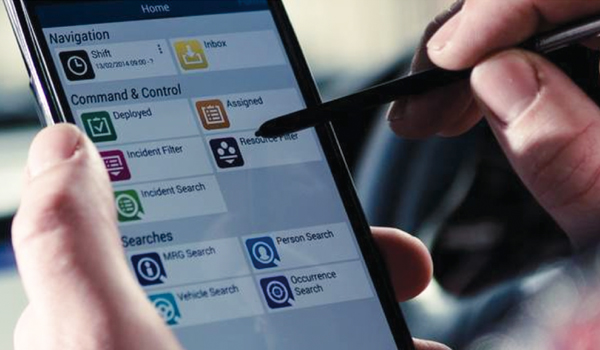The Black Box
In-car CCTV that can provide high quality evidence and is designed to survive in the most testing environments is now available.
Cliff Caswell reports

In-car CCTV that can provide high quality evidence and is designed to survive in the most testing environments is now available.
Cliff Caswell reports
The system comprises of car-mounted cameras linked to a hard drive for high-quality pictures. The data can be downloaded for storage and the whole package is tamper-proof with a secure audit trail to ensure its integrity as evidence.
While some police response units and traffic officers are already equipped with in-car camera packages, the system, designed by Kent-based RCT Engineering and IBM, claims to provide pictures of around 15 times better quality than conventional video tapes.
The system also acts as a black box, giving other information about what the car is doing while filming is underway. This includes GPS location and speed data, plus status information such as whether the lights and siren are on.
The system was originally designed for police in Las Vegas, USA, who were legally required to store recorded data for several years. They also needed a system that was able to survive the extremes of temperatures in the desert.
Officers had previously been using conventional video tapes, but their quality suffered over time and the recording equipment took up an inconvenient amount of room in their cars. The requirement therefore was for something that took up less space and recording quality that didnt degrade. Furthermore it was important that the evidence couldnt be tampered with.
The solution was a 20GB HGST hard disk, securely fitted in a rugged protective enclosure, which could be used in temperatures of between plus 85 and minus 20 degrees centigrade. The disk could store up to 11.5 hours of full D1 resolution video at 30 frames per second, allowing the system to be kept running for an entire shift. It has been tested to withstand impacts at speeds of nearly 190mph, so even if the occupants of a car did not survive an accident, the data could still be retrieved.
The package, which is operated by car crews via a touchscreen panel in their vehicles, can also be configured as a wireless set-up. This allows patrolling officers to remove a camera from the car and keep recording on foot.
Automatic number plate recognition software can also be installed as a module. A benefit of the system is that an operator can be selective as to what parts to use and what bits to leave out.
In the UK the manufacturers have equipped a 1.4 litre diesel version of the Nissan Micra supermini for evaluation purposes.
John Bradley the fleet manager for Hampshire police has said that he is interested in the system and further exploring the technology, along with other systems and technologies.
The manufacturers argue that the superior recording quality from the cameras would bring benefits to evidence gathering. It would also enable data to be pulled from the system at the end of a shift and held on disk to be screened for specific events, before being placed into storage.
The increased use of in-car technology is also helping to identify and reduce accidents on police pursuits. A spokesman for the Independent Police Complaints Commission (IPCC) said many forces were now using black box style recording equipment after a four-fold rise in fatalities since 1997.
In the House of Commons in February 2003, the then Home Office Minister John Denham said: “Useful information can be expected from the increasing use by forces of Automatic Data Recorders and Vehicle Accident Data Recorders. These operate in a similar way to aircraft black boxes, providing data on such issues as speed, gear changes, braking and the use of blue lights.”



